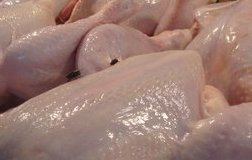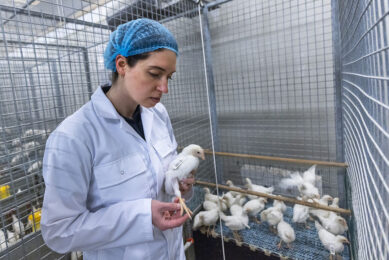FSA: Campylobacter and Salmonella in chicken

The Food Standards Agency has published the findings of a new survey testing for campylobacter and salmonella in chicken on sale in the UK.
The survey showed that campylobacter was present in 65% of the samples of chicken tested. Salmonella was in 6% of samples, 0.5% of these samples contained S. enteritidis and S. typhimurium.
Andrew Wadge, Director of Food Safety at the Food Standards Agency, said: “The continuing low levels of salmonella are encouraging, but it is disappointing that the levels of campylobacter remain high. It is obvious more needs to be done to get these levels down and we need to continue working with poultry producers and retailers to make this happen. Other countries like New Zealand and Denmark have managed to do so; we need to emulate that progress in the UK.”
As part of the Agency’s work to reduce levels of campylobacter in UK-produced chicken an international conference on campylobacter is being organised for 2010, where a range of options for tackling the bug will be discussed.
Campylobacter is the most common bacterial cause of food poisoning. It is responsible for around 55,000 cases of illness in the UK every year, and is therefore one of the key organisms the Agency is tackling in order to reduce levels of foodborne illness. Campylobacter can be found on meat, unpasteurised milk, and untreated water; however there is strong evidence that chicken is the most common cause of illness.
The FSA emphasises that while campylobacter is still present in a significant proportion of fresh chicken sold in the UK, cooking chicken properly all the way through will kill the bug, so consumers can avoid the risk of illness.
The UK-wide survey of fresh chicken at retail was carried out between May 2007 and September 2008. During the course of the survey, 3,274 samples were tested for the presence of campylobacter and salmonella.













